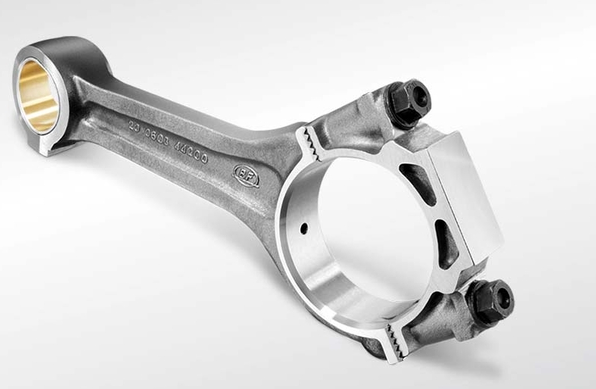A connecting rod is a pivotal component in various types of machinery, predominantly in internal combustion engines. Its primary function is to transfer motion from the piston to the crankshaft, thereby converting reciprocating motion into rotational motion, a fundamental principle in the operation of these engines.
The Role of a Connecting Rod
A connecting rod is the crucial link that connects the piston and the crankshaft in an engine. As the piston moves up and down, the connecting rod transfers this motion to the crankshaft, converting it into rotational motion. This rotary motion ultimately drives the wheels of the vehicle, making connecting rods integral to the operation of engines.
Anatomy of a Connecting Rod
Connecting rods are typically shaped as long, cylindrical objects with flat ends. The larger end, often referred to as the ‘big end,’ connects to the crankshaft. The smaller end, known as the ‘small end,’ attaches to the piston. They are generally crafted from robust materials like steel or aluminum, each offering different performance characteristics.

Material Considerations for Connecting Rods
The choice of material for a connecting rod significantly influences its performance and durability. Steel rods are renowned for their strength, making them a common choice for high-performance applications. On the other hand, aluminum rods are lighter, helping to reduce the overall weight of the engine, thereby enhancing efficiency.
Connecting Rod Failures and Maintenance
Despite their sturdy construction, connecting rods can fail due to various reasons such as material fatigue, incorrect installation, or inadequate lubrication. Therefore, regular inspection and maintenance are crucial to detect potential problems early and prevent catastrophic engine failures.
In essence, a connecting rod is more than just a component of an internal combustion engine. It is a critical link that converts linear motion into rotational motion, powering the engine. Crafted from strong materials and designed to endure high levels of stress, these rods demand regular maintenance to ensure optimal performance and longevity.
